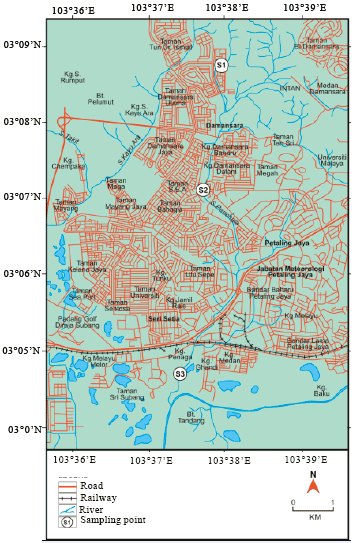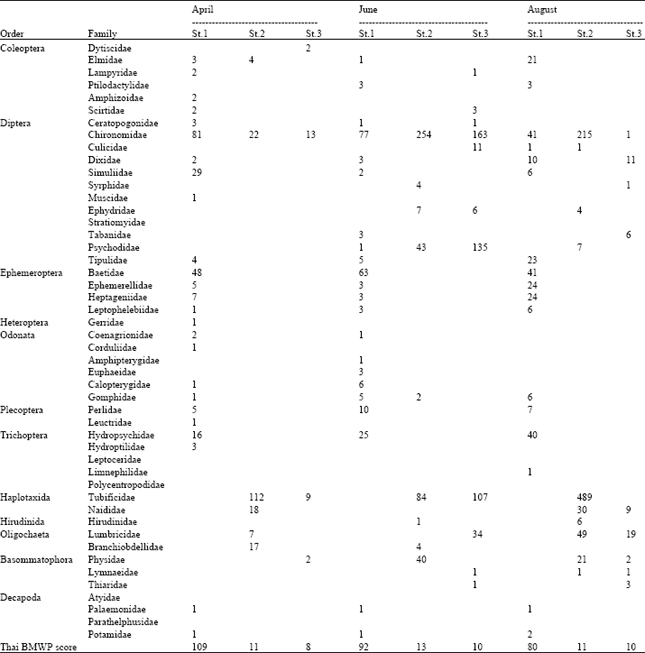Research Article
Monitoring Urban River Water Quality Using Macroinvertebrate and Physico-Chemical Parameters: Case study of Penchala River, Malaysia
School of Environmental and Natural Resource Sciences, Faculty of Science and Technology, Universiti Kebangsaan Malaysia, 43600 Bangi, Selangor, Malaysia
Mohammad Shuhaimi-Othman
School of Environmental and Natural Resource Sciences, Faculty of Science and Technology, Universiti Kebangsaan Malaysia, 43600 Bangi, Selangor, Malaysia
Ahmad Abas Kutty
School of Environmental and Natural Resource Sciences, Faculty of Science and Technology, Universiti Kebangsaan Malaysia, 43600 Bangi, Selangor, Malaysia
Mohamed Nor Mohamed Desa
Department of Civil Engineering, Universiti Tenaga Nasional, Jalan Ikram Uniten, Kajang, 43009, Selangor, Malaysia















